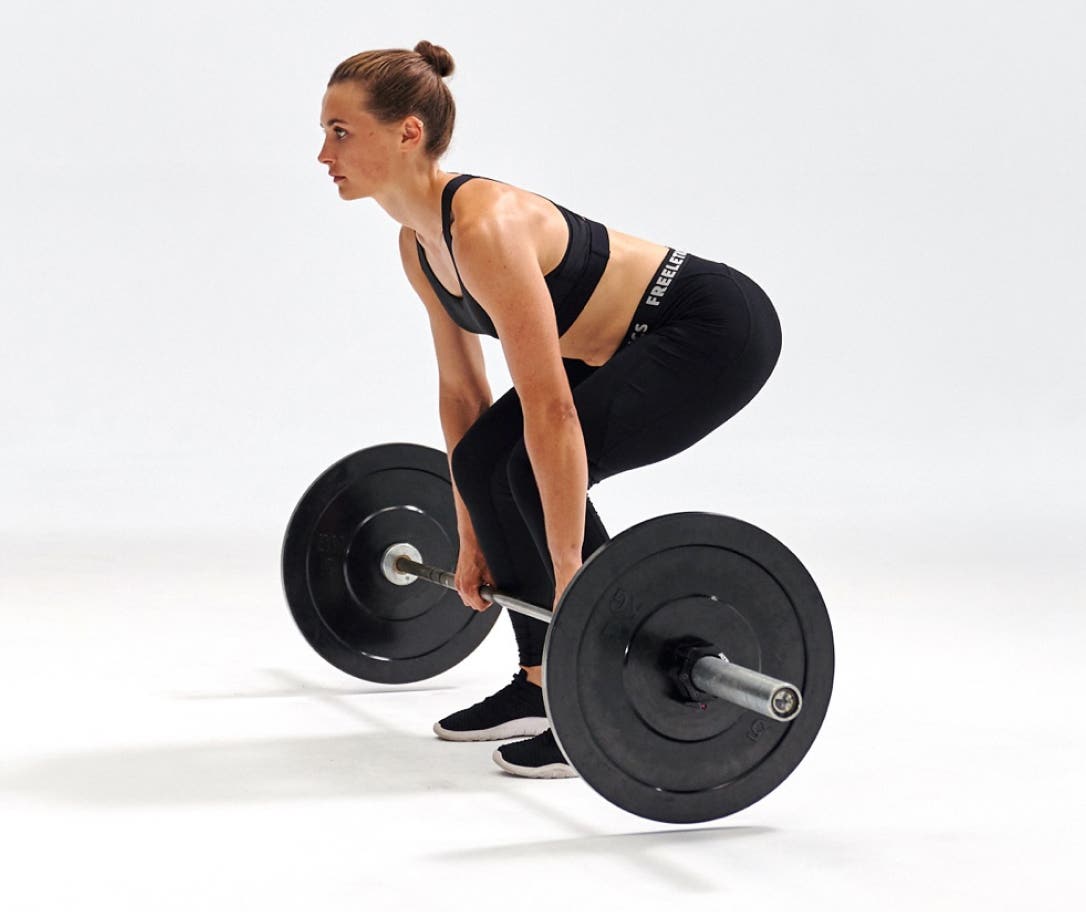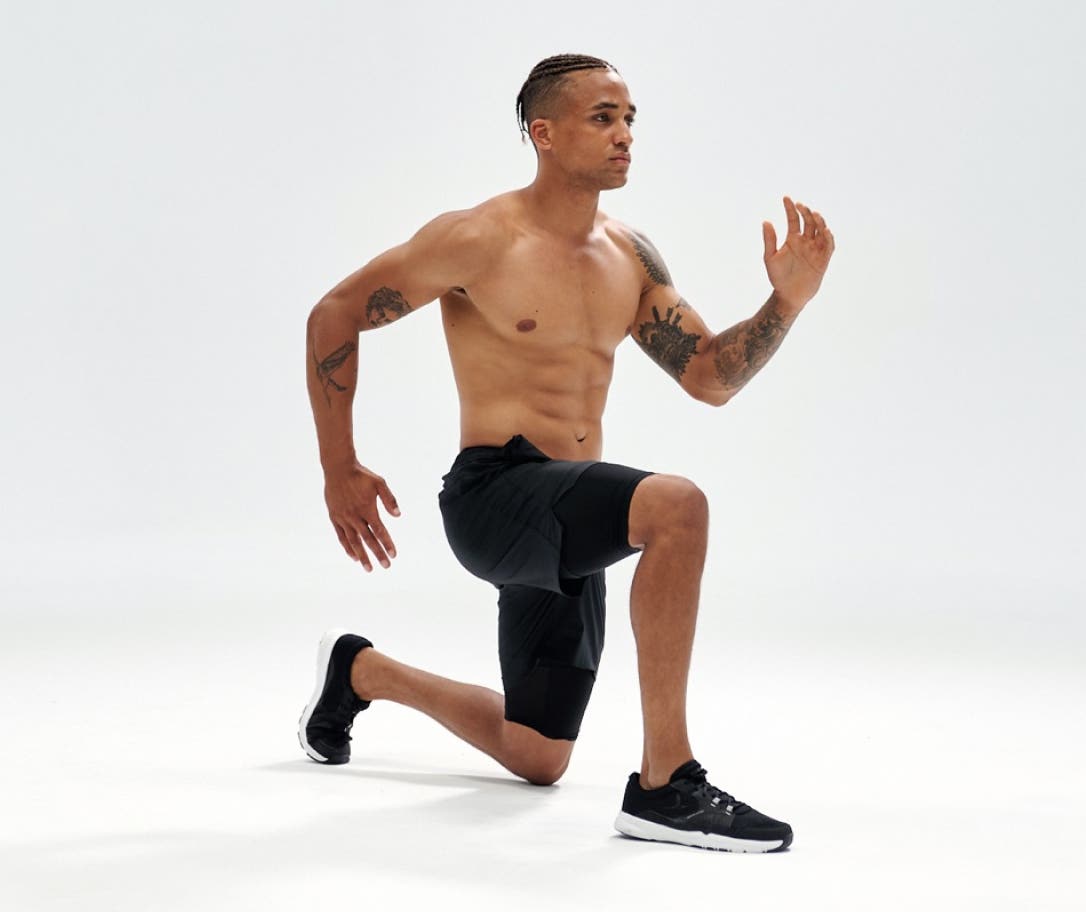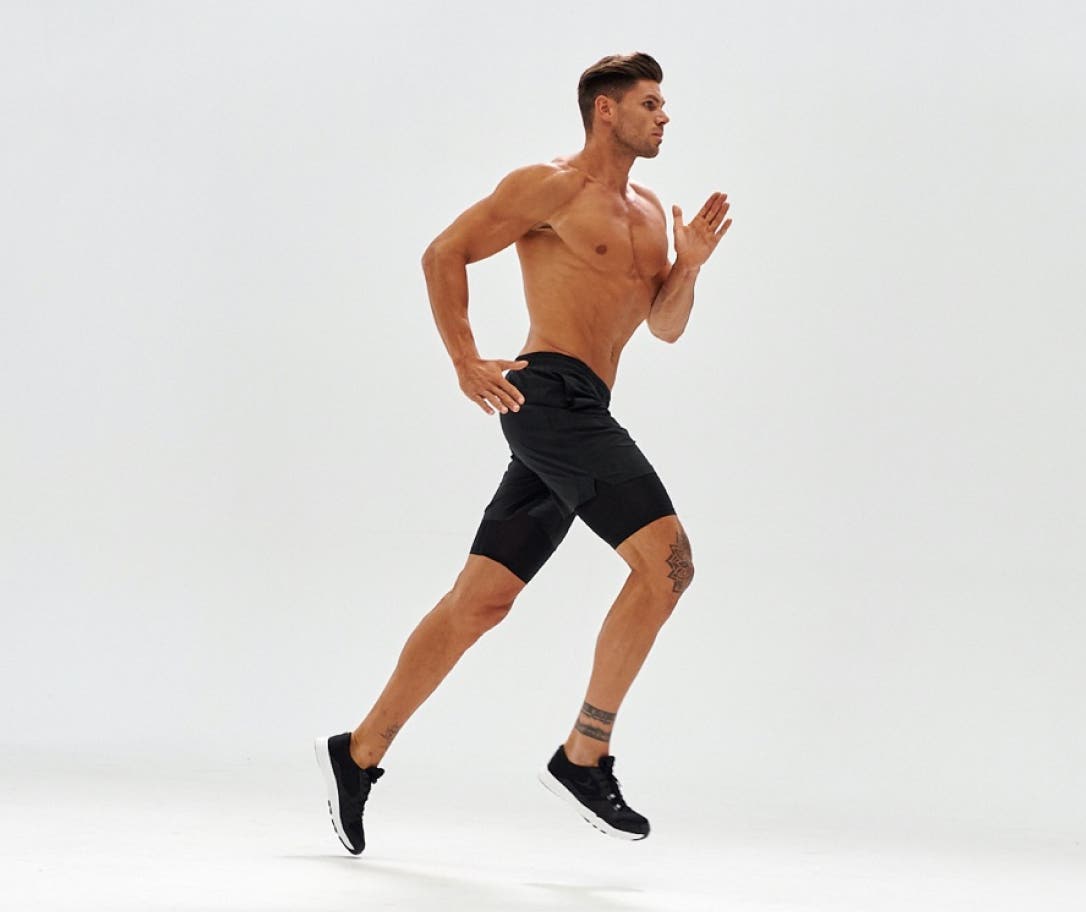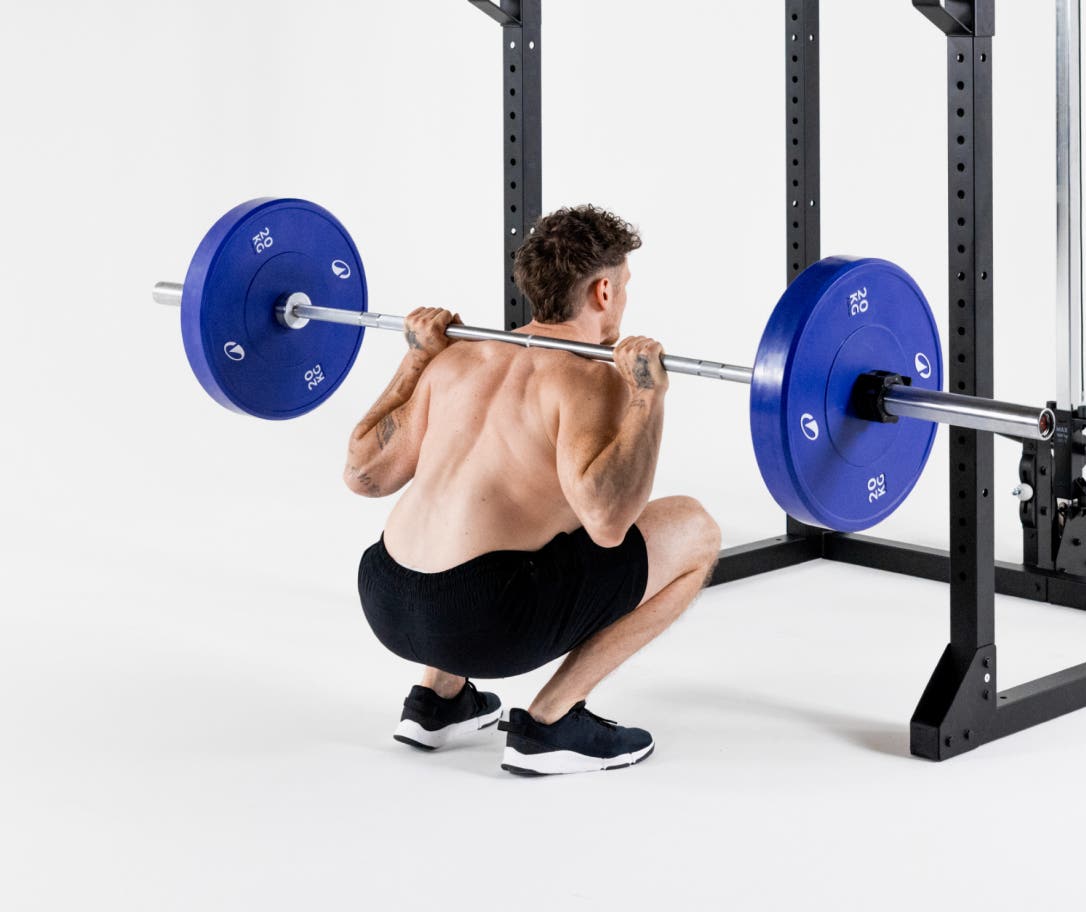The knee is the largest and one of the most complex joints in the body. It bears a significant portion of your weight with every step, jump, squat, or run. While it's strong and resilient, it’s also vulnerable to overuse, injury, and wear over time.
Fortunately, there’s a lot you can do to keep your knees strong, pain-free, and functioning well. From smart training to simple lifestyle habits, here’s a science-backed guide to improving and maintaining knee health and ultimately, your quality of life.
Exercise
Resistance training
Strength training is one of the best things you can do for your knees. By building muscle around the joint, you reduce the load placed directly on it. This acts like a built-in support system that helps absorb force and stabilize movement.
Targeting the major muscle groups involved in knee movement is key – this includes the glutes, quadriceps, hamstrings, calves, and core.
- Stronger glutes and core improve hip stability, which reduces unwanted movement in the knees.
- Quads and hamstrings help absorb the impact of walking, running, and jumping. Balanced strength between the two is especially important in avoiding strain or pulling on the knee joint.
- Calves play a supporting role by aiding ankle stability, which has a chain-reaction effect on how your knees move.
When performing strength exercises, use a full range of motion. Controlled Squats, Lunges, Box Step-Ups, and Deadlifts that move through the knee's natural arc help stimulate healthy cartilage growth and improve joint function. Shallow or partial reps may limit benefits and miss the opportunity to train the knee through its full working range, so use these sparingly.

How joints react to stress
Contrary to popular belief, using your joints does not wear them out. In fact, the right type and amount of stress make your joints stronger.
Like muscles and bones, joints adapt to stress through a process called mechanotransduction, where mechanical signals stimulate cellular repair and adaptation.1
Consistent, gradual exercise improves the strength of the surrounding structures like cartilage, ligaments, and connective tissue. The key is progression – joints adapt well to slow increases in load and frequency but break down under sudden spikes in intensity or volume.
Whether you're returning to activity or starting a new program, ease in slowly. Over time, your knees will become more resilient, not more vulnerable.
The importance of the Warmup
Warming up primes your body for movement and helps protect the knees. You don’t need to overthink it, but a few minutes of a dynamic warmup go a long way.
- It increases blood flow to the muscles surrounding the knee.
- It activates the muscles you'll be using, including stabilizers.
- It makes the joint fluid more mobile, reducing stiffness and allowing for smoother motion.
Simple movements like Leg Swings, Squats, Walking Lunges, and High Knees are a great place to start before any lower-body activity.

Mobility and flexibility
Strong knees need to be mobile. A feeling of tightness in the surrounding muscles can change your movement patterns and cause unnecessary stress on the joint.
Include regular stretching for:
- Quads: Tight quads can pull the kneecap and contribute to conditions like patellofemoral pain syndrome.
- Hamstrings: When stiff, these muscles can reduce knee extension and cause compensatory movement.
- Calves: Limited ankle mobility affects the knee’s position during walking or squatting.
- IT band: While not a muscle, this band of fascia along the side of the thigh can become tight and lead to outer knee pain.
Foam rolling and knee mobility exercises (like Deep Squats) can also help maintain joint motion.
Run responsibly
Running is a high-impact activity, but it doesn’t inherently damage knees – especially when done smartly. One of the biggest mistakes runners make is doing too much too quickly after some time off.
If you’ve taken a break longer than two weeks, avoid jumping back into your previous mileage. Instead:
- Start with a few shorter, slower runs, or even some run/walk intervals..
- Add distance and speed gradually, allowing your joints time to readapt.
Recovery days and cross-training also help avoid overloading the same tissues repetitively.

Lifestyle
Regular movement
Your knees aren’t meant to stay still for long. Prolonged sitting or inactivity can lead to stiffness and discomfort. Movement encourages the flow of nutrients and lubrication within the joint, which helps maintain cartilage health and joint flexibility.
Try to move throughout the day – even short walks or standing stretches every hour can make a difference. If you work a desk job, consider alternating between sitting and standing or using a walking desk.2
Keeping a healthy weight
Every extra pound of body weight adds additional stress on the knees, especially during activities like walking or climbing stairs. Over time, this mechanical load can increase the risk of joint degeneration and conditions like osteoarthritis.
Maintaining a healthy weight reduces this pressure and improves knee longevity. But it’s not just about calories in vs. calories out.
A well-balanced diet supports knee health in several ways:
- Nutrient-rich foods promote bone and cartilage repair.
- Anti-inflammatory foods can help reduce joint inflammation.
- Proper hydration keeps joint fluid functioning optimally.
Focus on foods rich in vitamins C, D, and K, as well as omega-3 fatty acids, calcium, magnesium, and collagen-boosting nutrients like gelatin or bone broth.
Footwear
The shoes you wear can have a big effect on how force travels through your legs and knees. High heels and overly cushioned soles may alter natural movement patterns and increase strain.
For some people, minimalist or barefoot-style shoes encourage more natural foot mechanics, which can positively influence knee alignment and movement. However, transitioning to minimalist footwear should be done slowly and carefully to avoid other injuries.
Choose shoes that:
- Fit well
- Support your foot type
- Match the demands of your activity

4 things to watch out for
Even with the best habits, certain issues can creep in and compromise knee health. Be aware of the following:
- Muscle imbalances: Overdeveloped quads and undertrained hamstrings or glutes can throw off your biomechanics. Balanced strength is key.
- Poor form or technique: Whether you're lifting, running, or squatting, poor form can create abnormal stresses. Seek guidance if unsure.
- Too much mileage without recovery: The knee needs time to rebuild after high-impact exercise. Listen to your body and prioritize rest.
- Previous injuries: Old knee injuries can alter movement patterns and increase the risk of future problems. Stay proactive with strengthening and mobility to compensate.
If pain is sharp, persistent, or accompanied by swelling, clicking, or locking, consult a medical professional. Early intervention can prevent a minor issue from becoming a chronic one.
Key takeaways
- Strength train regularly, focusing on the glutes, quads, hamstrings, calves, and core.
- Use a full range of motion during exercises to improve joint function.
- Gradual, consistent stress improves joint health – don’t fear loading your knees.
- Always warm up dynamically before activity.
- Keep up with mobility and flexibility through stretching and foam rolling.
- Run smart – ease back in after time off and don’t skip recovery.
- Move daily, even in small ways, to keep joints happy.
- Maintain a healthy weight through diet and hydration.
- Wear supportive, appropriate footwear. Consider transitioning to minimalist shoes if suitable.
- Watch for imbalances, poor form, overtraining, and don’t ignore signs of injury.
Your knees do a lot for you. With the right mix of movement, strength, mobility, and care, they can keep doing their job – pain-free and powerful – for years to come.
Sources
[1] Fransen, M., McConnell, S., Harmer, A. R., Van der Esch, M., Simic, M., & Bennell, K. L. (2015). Exercise for osteoarthritis of the knee: A Cochrane systematic review. British Journal of Sports Medicine, 49(24), 1554-1557. Available here
[2] Hootman, J. M., Macera, C. A., Ainsworth, B. E., Addy, C. L., Martin, M., & Blair, S. N. (2001). Association among physical activity level, cardiorespiratory fitness, and risk of musculoskeletal injury. American Journal of Epidemiology, 154(3), 251–258. Available here